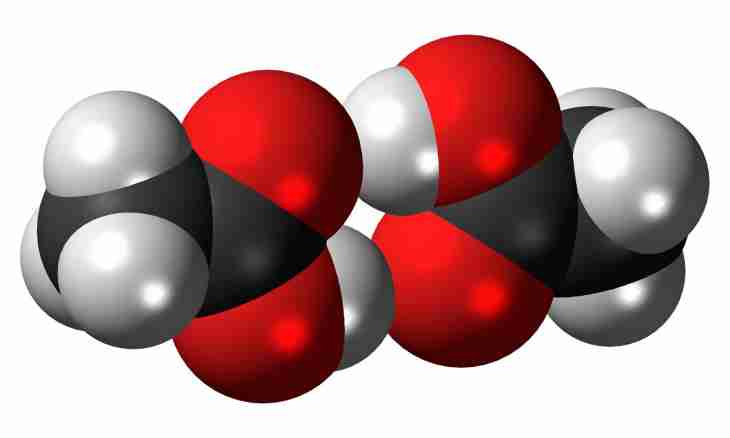Acetic aldehyde (other names – ethanal, ethyl aldehyde) has a chemical formula CH3COH. Appearance – transparent colourless liquid, with the pungent "burning" smell. Boils at the room temperature. It is easily dissolved in water, and some organic matter. It is widespread in the nature, meets in the majority of plants, food. How it is possible to synthesize this substance?
Instruction
1. The most widespread and effective way of receiving acetic aldehyde – ethylene oxidation. Reaction proceeds thus: 2C2H4 + O2 = 2CH3COH
2. Synthesis goes with use of the catalyst – chloride palladium. And, if to carry out direct oxidation of ethylene by oxygen, it proceeds slowly. Therefore, add salt of copper to reactionary weight bivalent that it oxidized palladium, passing itself into the monovalent copper immediately oxidized by oxygen. That is, copper serves in this synthesis kind of as the carrier of oxygen. This reaction received the name "Wacker process".
3. Acetic aldehyde can also be received, having carried out acetylene hydration. Such synthesis which is taking place in presence of salts of mercury received the name "Kucherov's reaction". It proceeds as follows: C2H2 + H2O = CH3COH
4. In laboratory, acetic aldehyde can be received also, using ethyl alcohol as raw materials, it is a way which many will consider nearly sacrilege. Reaction proceeds thus: C2H5OH = CH3COH + N2To is, for receiving etanalya, dehydrogenation of ethanol at high temperature is carried out, with use of catalysts (copper or silver).
5. It is possible not to "chip off" hydrogen at ethanol, and to subject it to oxidation, also at high temperatures and the same catalysts. Then reaction will go as follows: 2C2H5OH + O2 = 2CH3COH + 2H2O

